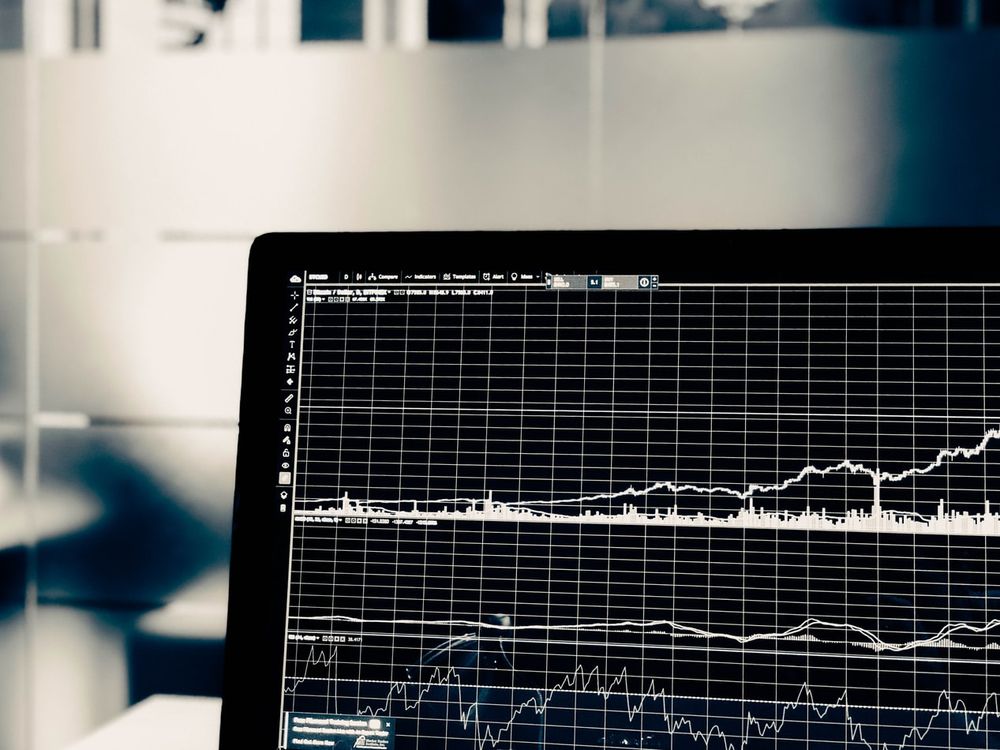
What a rising PMI means for the global economy
What A Rising PMI Means For The Global Economy
On TV news channels like Bloomberg, CNN, and CNBC, you may have heard the latest news on the stock market. You’ll have seen reports detailing which stocks are going up and down in value. An investor might look to invest in stock assets that are doing very well at that moment. On the other hand, an economist would consider leading indicators to guide any of their potential investments.
But what are these indicators? There are actually quite a few of them, and their sole function is to point out where the national economy is heading. One of these indicators is the Purchasing Managers’ Index (PMI) indicator.
The PMI is commonly watched and monitored since it describes the views and perspectives of purchasing managers on all business activities in over 400 companies in 19 different industries. That kind of coverage provides a reliable breakdown of where the global economy is headed.
Why Do We Need the PMI?
There’s a lot of official economic data available, which is heavily revised and can send misleading signals. So the PMI’s especially useful in challenging some of those GDP and employment numbers to make sure the policymakers feel confident in the data.
The Purchasing Managers’ Index, is also important in making national budgets. We can use their views as a guide on how the nation should allocate resources to its different industries. When countries around the world report a rising purchasing managers’ index, it’s a leading indicator that the global economy is growing.
Purchasing Managers’ Index (PMI)
This indicator examines the condition of the most prominent sectors. With that information, it suggests the overall health and state of the economy. At its roots, the information in the index is a survey of numerous executive managers in different companies.
It polls them about the activities of the business in these sectors in the following areas: manufacturing, service, and the health sector.
- If the PMI reading is above 50, it means that business activity is growing, and the economy is expanding.
- If the reading is 50, it means the economy remains neutral and business activity remains the same.
- If the PMI reading is below 50, it means the economy is heading towards a recession.
When the manufacturing industry is buying more raw materials to meet up with consumers’ demands, it shows that the economy is growing strong. Companies in this sector are ordering new supplies of raw materials to meet up with the demands.
But if the consumers’ demands are less compared to the manufacturing companies ordered on raw materials for the production of goods, it shows that the economic health in that sector is declining.
Institute for Supply Management
The body responsible for PMI reports was established in the 1930s as the National Association of Purchasing Managers. Today this body is known as the Institute of Supply Management, abbreviated “ISM.” There are other bodies like ISM, including the Ivey Index in Canada.
The Institute of Supply Management (ISM) is responsible for Purchasing Managers’ Index reports in the United States and over 90 countries in the world.
Global Purchasing Managers’ Index reports comprise of executive managers’ views on business activities in over 19 industries from over 30 countries in the world. It’s also handled by the same Institute of Supply Management.
In fact, the ISM handles over 80% of the world purchasing managers’ index reporting. This group releases the PMI reports for the previous months on the first of the current month. The report comprises managers’ views on the following:
- New orders
- Production
- Supply delivery
- Backlog orders
- Inventories
- Prices
- Employment
- Import orders
- Exports
If activity picks up within a particular sector, the index will normally be higher in the current month than the previous month.
The index is a dependable sign showing how the economy in that sector is doing, growing, or going down into a recession. You’ll often see the PMI used by many investors to make decisions because it points to the major Turning Point in the different industries with its readings.
Rising PMI and the Global Economy
Based on the ISM report for the month of July 2020, we can find results in the non-manufacturing sector. This is also known as the service sector. In their results, the “New Order” PMI offered a reading of 67.7 for the month of July. Looking closely at their results, you can see that this was higher than the previous month of June, which was reported to be 61.6.
In response to the shift, here’s the explanation that managers in each industry offered:
Construction
“We had increased sales order for Lumber, interior trim, appliances, and light fixture this month better than June’s.”
Chemical Products
“We had a stabilized increase in sales this month. We hope it continues like this.”
Food, Beverages, & Tobacco
“We have increased our order for inputs for the production of more food and beverages because we foresee a higher demand when students start returning back to school post-COVID -19.”
Education
“Due to the COVID-19, we have increased our order for safety supplies as students will be returning back to school soon after COVID-19.”
Business
“Virtual meetings, online training, and consultation have increased due to Covid-19. This is a new line-of-business, and we don’t know how this will go post-COVID-19.”
Retail Trade
“Since mask mandate policies have been put into place, we have ordered more inputs for the production of more masks when the economy reopens.”
Utilities
“We have seen an increase in orders and business activities.”
Conclusion
If the Purchasing Managers’ Index of a particular country is sliding below 50, investors would want to reduce their investments in that country’s equity market. They would likely look to another country with an increasing PMI to invest in their equity market. Analyzing the effect of potentially higher inflation on international bonds would be incomplete without taking price-related data into consideration.
Essentially, higher inflation value would make investors want to reduce their investments in the bond market, provided there is a possibility the price would reduce in the future.


